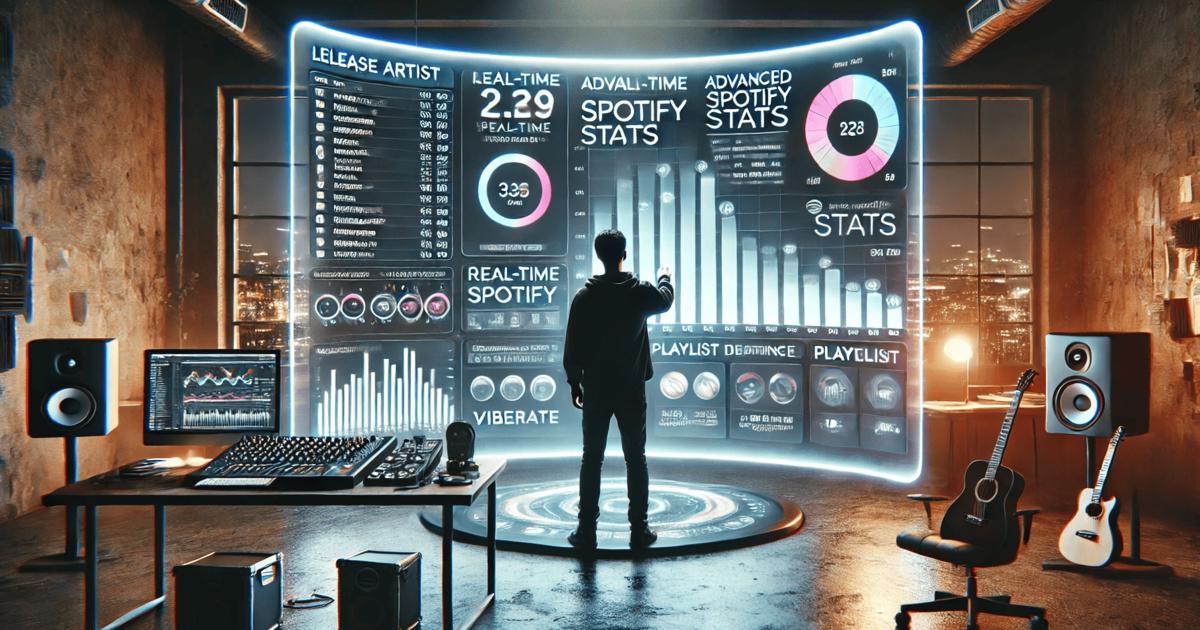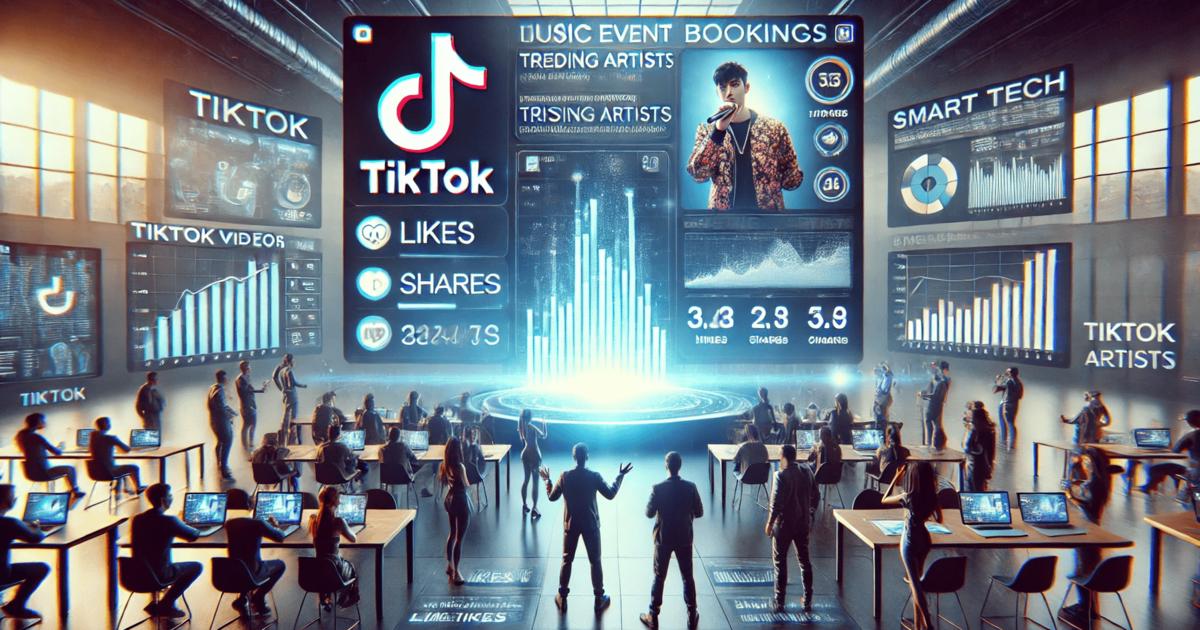How Data Transforms Music Festival Marketing
How Data Transforms Music Festival Marketing
Understanding and applying data analytics has become essential for effective music festival marketing. In an increasingly competitive live event landscape, organizers need to make data-driven decisions to optimize ticket sales, manage marketing spend, and enhance fan engagement. Below, we break down how festivals use analytics tools—from ticket pacing to audience demographics—to boost sales and sharpen their strategies.
Ticketing Data and Sales Pacing
One of the most critical insights music festival organizers use comes from analyzing ticketing data. Platforms like TallyTickets offer on-sale velocity analysis, showing how quickly tickets move once available. The data indicates that, on average, 50% of all tickets are sold by 39% into the sales cycle, while 75% are sold by the 83% mark. Understanding these benchmarks allows promoters to track performance and adjust tactics if sales lag behind expected milestones.
In addition to primary sales, secondary market behavior offers important insights. Most resale transactions occur within 30 days before the event. This trend signals urgency in buyer behavior and helps inform dynamic pricing strategies. Promoters can use this data to determine when to increase advertising or initiate limited-time discounts, maximizing late-stage sales.
Audience Segmentation and Targeted Marketing
Modern music festival marketing is no longer one-size-fits-all. By using first-party data, festivals can personalize their outreach. Email and SMS campaigns allow direct communication with fans, and the results speak for themselves: while email open rates range from 20–40%, SMS open rates reach around
99%. This makes personalized messages to past attendees a powerful tool for conversions.
Digital ads are also highly targeted thanks to geo-fencing and retargeting. For instance, the Savannah Music Festival generated 148 ticket sales from just 308,000 impressions by targeting users who had previously visited the ticketing page or were located near the event.
Organizers also rely on channel optimization to allocate budgets effectively. By analyzing ROI across ad platforms—Meta, TikTok, or programmatic buys—they can double down on what works. A campaign in Atlanta demonstrated this clearly, bringing in $3.55 million in ticket sales and yielding a 4,337% return on investment.
Predictive Modeling and Budget Allocation
Machine learning now plays a growing role in music festival marketing. Predictive models forecast how many tickets are likely to be sold based on historical patterns, genre trends, and even weather forecasts. These insights guide pricing strategies, sales pacing, and promotional timing.
For example, knowing that a certain artist tends to boost sales late in the cycle can help planners push targeted promotions at the right moment. 'FestA' used this approach by increasing its spend on the headliner artist’s promotion. As a result, they saw a 30% jump in ticket sales.
Beyond forecasting, predictive tools also help in optimizing marketing spend. Instead of spreading the budget evenly, festivals can allocate resources toward segments and timeframes that promise the highest return.
Viberate: Essential Festival Analytics Tool
Once festival organizers understand the value of analytics, the next step is finding the right tool. Viberate stands out as a platform offering robust music festival analytics that go beyond sales data.
Viberate’s Music Festival Stats deliver a full overview of genre trends, audience demographics, and lineup performance—all critical for optimizing music festival marketing.
The platform provides a quick performance overview, evaluating lineup strength against other festivals and showing the event's connections within the music industry. It also displays a ranked list of similar festivals, helping organizers benchmark themselves against the competition.
You can analyze each edition’s lineup in detail. Artists are sorted by overall performance, and top performers from past editions are clearly highlighted. This helps booking teams make more informed decisions about who to invite in the future.
One of the standout features is Viberate’s genre evolution tracker. It visualizes how a festival’s genre focus has shifted over time, with detailed breakdowns of subgenre representation. This is especially useful for long-running events that need to stay aligned with current music trends.
The lineup’s audience map provides geo-location data of potential attendees. Organizers can see where listeners and social followers of booked artists are concentrated, informing ad placement and regional targeting.
Viberate also breaks down audience demographics by gender and age, based on Instagram, TikTok, and YouTube followers. This allows marketing teams to fine-tune campaign visuals and messages to fit the expected audience.
Another valuable aspect is social network intelligence. Viberate analyzes a festival’s connections within the music industry and shows social media mentions by artists and peer festivals. This can reveal untapped collaboration or promotional opportunities.
On the platform side, Viberate also tracks Instagram performance, showing follower growth, top-performing posts, and how the festival’s engagement compares to the industry average. This kind of real-time benchmarking helps content teams adjust their posting strategy.
Finally, Viberate includes a Festival Chart that ranks over 8,000 global festivals. You can filter by country, genre, and size, making it easy for artists and managers to identify the best events to pitch gigs to—or for promoters to assess where they stand.
Conclusion
Music festival marketing is no longer just about flashy posters and big names. It’s a data-driven discipline that requires accurate forecasting, audience understanding, and agile budgeting. Platforms like TallyTickets and Viberate provide critical insights that help organizers stay ahead in a crowded market.
From sales pacing to artist demographics, using analytics isn't optional anymore—it’s essential. With the right tools and a smart, data-backed approach, music festivals can optimize every stage of the ticketing lifecycle and improve ROI without wasting time or money.




